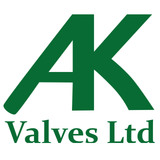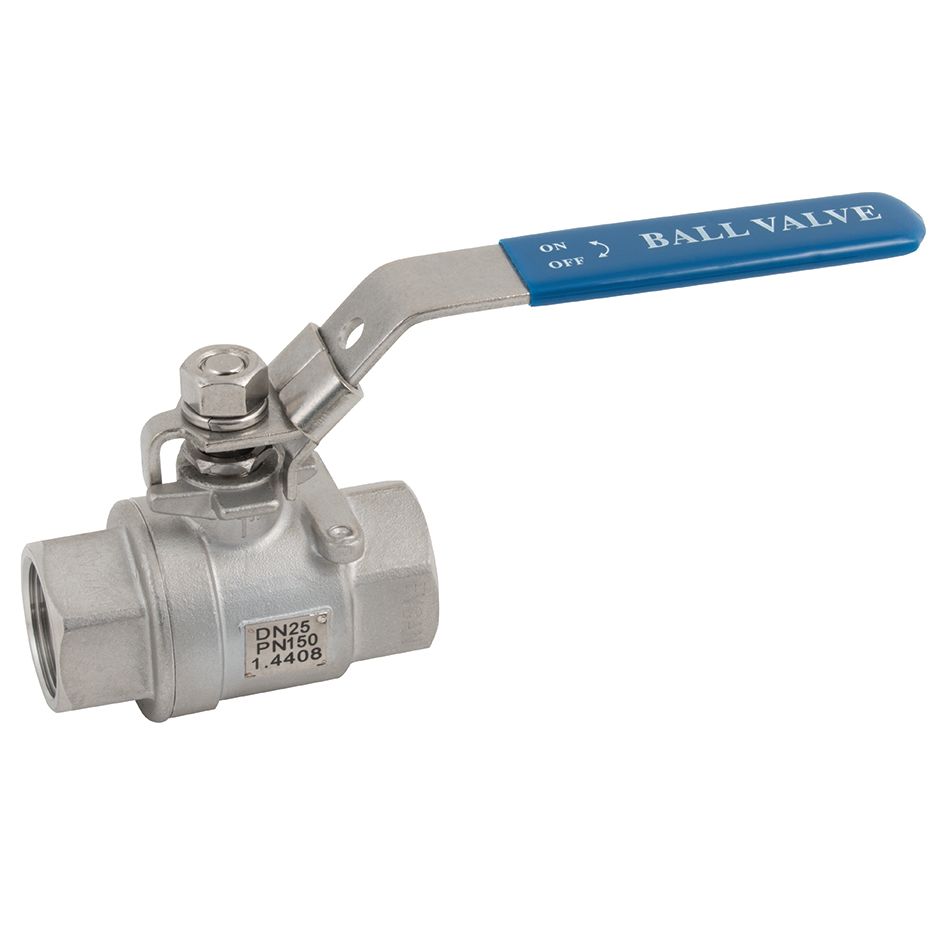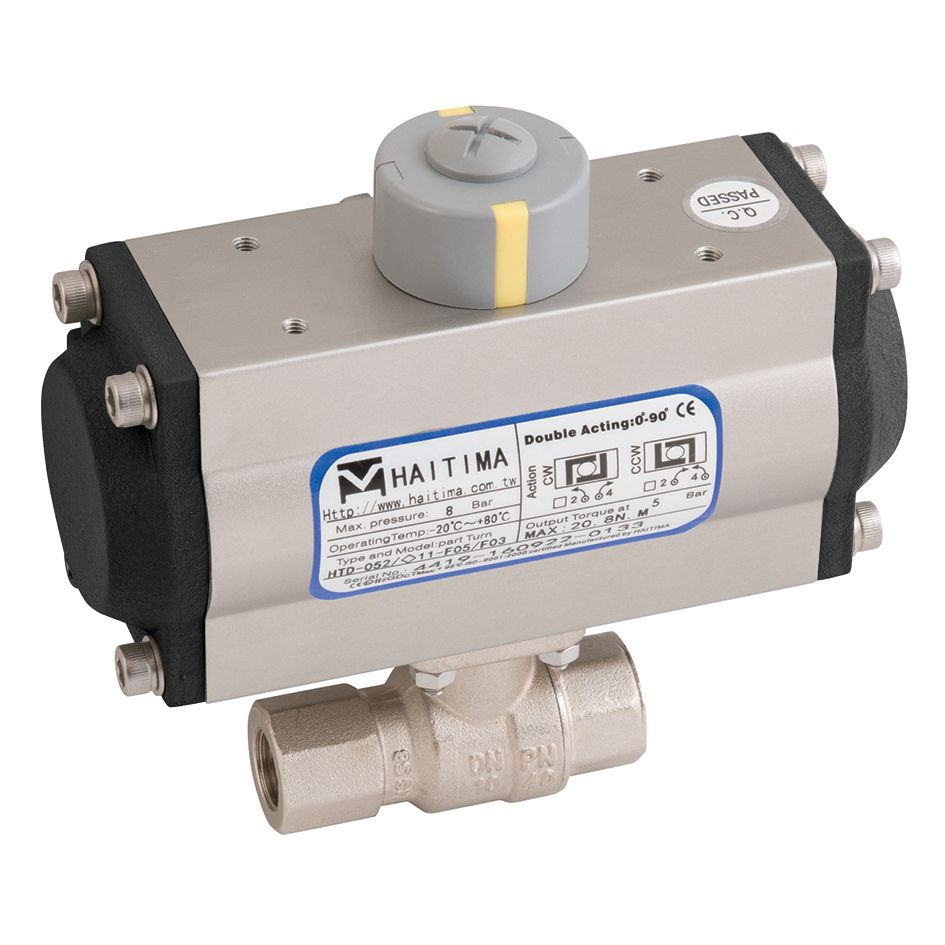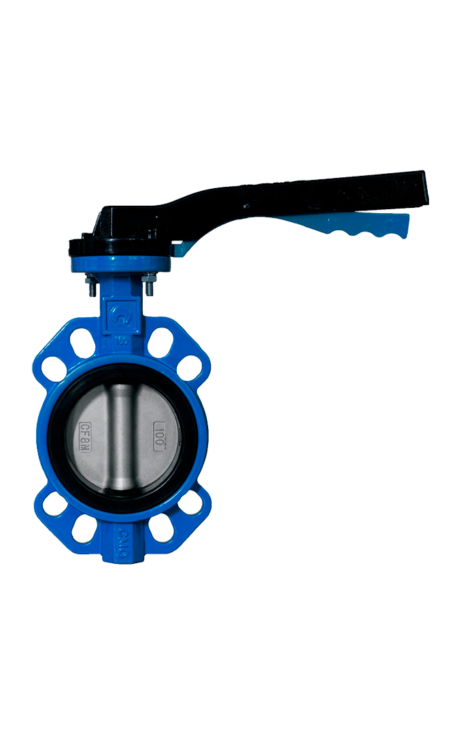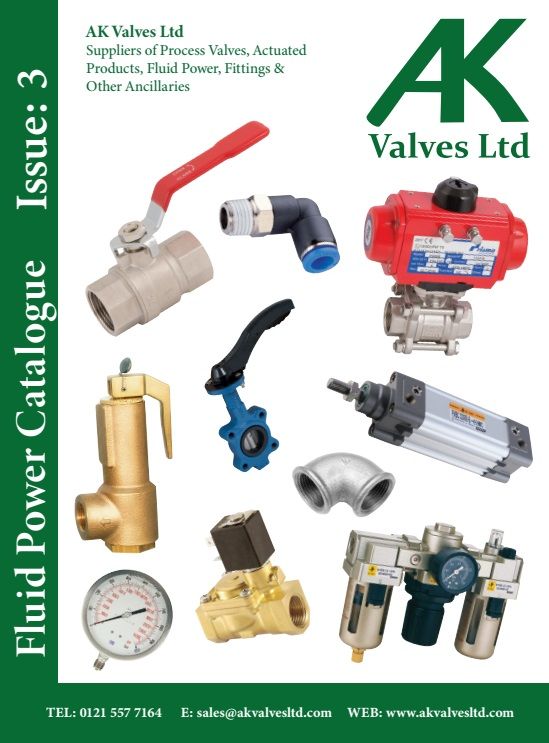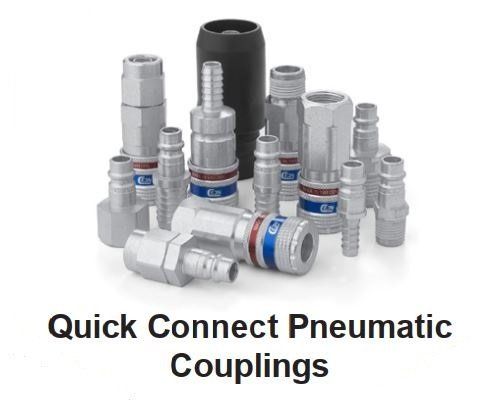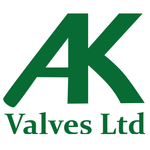AK Valves Limited offers one of the most comprehensive ranges of manual valves, actuated valves and Fluid Power fittings and components all of which may be found in our online shop.
If you cannot find the exact products you're looking for on our website please do not hesitate to get in touch.
Every day AK Valves adds to the list of quality valve products including fittings.
What product do AK Valves Ltd supply?
The Process valve range supplied by AK Valves Ltd includes:
Manual Valves – 3 Way Ball Valves, Ball Valves, Butterfly Valves, Check Valves, Commissioning Valves, Diaphragm Valves, Float Valves, Foot Valves, Gate Valves, Globe Valves, Knife Gate Valves, Mini Ball Valves, Plastic Ball Valves and Y Strainers.
Actuated Valves – Pneumatic and Electric actuation products, Actuated Ball Valves, Actuated Butterfly Valves, Actuated Knife Gate Valves, Solenoid Valves, Switchboxes, Positioners.
Our process valve and actuator brands include (but not limited to): Actreg, AlphAir, Aignep, Air-Pro, Bonomi, CH-Aquaram, CMO, Haitima, HUK, Itap, J+J, Nabic, Noah, Panam, Parker Legris, Prisma, RuB Bonomi, Sectoriel, Sferaco, Valbia
AK Valves Ltd are suppliers of pneumatic products that can be broken down into the following categories. Air Preparation, Control Valves, Cylinders, Fittings, Tubing, Vacuum, Gauges, Quick Release Couplings.
The Brands we supply include EMC, Kelm, Festo, Metal Work, Camozzi, Norgren and Pneumax. Other brands are available on request.
Hydraulics
As suppliers of hydraulic component, the range of products the AK Valves can be supply are DIN2353 Compression Fittings, Hydraulic Hose and Assemblies, Hydraulic Adaptors, Hydraulic Tube, Hydraulic Tube Clamps, Hydraulic Valves, Hydraulic Quick Release Couplings, Gauges.
Industrial
AK Valves Limited also provide a range of industrial products including quick connect couplings, hosetails, adaptors and compression, Stainless Steel Fittings, Malleable Iron Fittings, BS1387 Tube, Ring Main Systems, PVC Tube Valves and Fittings, Hose and Tubing, Clips and Clamps, Wash Down Equipment, Air Preparation, Gauges, Fuelling and Lubrication, Compressor and Workshop Equipment, Hand Tools, Engineering Consumables.
fluid
fluid hydraulics
hydraulics and pneumatics
powers valves
fluid power services
fluid technology
power fluid systems
Unlocking the Power of Quick Release Couplings: A Comprehensive Guide
Unlocking the power of quick release couplings can be a game-changer, both for everyday users and industrial professionals. These versatile devices play a vital role in facilitating fast and efficient connections between different components. Whether you are working in the automotive, manufacturing, or plumbing industry, understanding the ins and outs of quick release couplings is essential.
In this comprehensive guide, we will delve into everything you need to know about quick release couplings. From their functionality and types to their applications and benefits, we will explore how these couplings can revolutionize your work processes.
Discover the key features that make quick release couplings stand out from traditional connectors. Uncover the various styles available and the specific situations where each excels. Dive into the advantages of quick release couplings in terms of speed, convenience, and safety.
Whether you are a professional seeking to optimize your operations or a DIY enthusiast looking for practical solutions, this guide will empower you to unlock the full potential of quick release couplings. Get ready to revolutionize the way you connect and disconnect with this comprehensive and insightful resource.
Advantages of using quick release couplings
Quick release couplings offer a range of advantages that make them an increasingly popular choice for various applications. One of the primary benefits is their speed and efficiency. These couplings allow for rapid connection and disconnection, saving valuable time and streamlining workflows. Whether you're working on a construction site, in a manufacturing facility, or performing maintenance on a vehicle, the ability to quickly attach and detach components can significantly boost productivity.
Another key advantage of quick release couplings is their versatility. These connectors come in a wide variety of styles, sizes, and materials, allowing users to select the option that best suits their specific needs. From pneumatic and hydraulic systems to water and air lines, quick release couplings can be tailored to accommodate a diverse range of applications and environments. This flexibility enables professionals to optimize their operations and adapt to changing requirements with ease.
Furthermore, quick release couplings offer enhanced safety features that contribute to a more secure working environment. Many models incorporate locking mechanisms and visual indicators to ensure a secure connection, reducing the risk of accidental disconnections or leaks. This added layer of safety can be particularly crucial in high-pressure or hazardous applications, where the consequences of a failed connection could be severe. By prioritizing safety, quick release couplings help protect both personnel and equipment from potential harm.
Types of quick release couplings
Quick release couplings come in a variety of styles, each designed to meet the specific needs of different industries and applications. One of the most common types is the push-to-connect coupling, which features a simple push-button or lever mechanism that allows for easy and intuitive connection and disconnection. These couplings are often used in pneumatic and hydraulic systems, as well as in plumbing and HVAC applications.
Another popular type of quick release coupling is the twist-to-connect model. These couplings require a slight twisting motion to lock the connection, providing a more secure and reliable hold. Twist-to-connect couplings are frequently used in high-pressure applications, such as in the automotive and manufacturing sectors, where a robust and leak-proof connection is essential.
In addition to the push-to-connect and twist-to-connect varieties, quick release couplings can also be categorized by their material composition. Common materials include brass, stainless steel, and engineered plastics, each offering unique advantages in terms of durability, corrosion resistance, and chemical compatibility. The choice of material will depend on the specific operating conditions and environmental factors of the application.
How quick release couplings work
At the core of quick release couplings is a simple yet ingenious design that enables rapid connection and disconnection. The basic mechanism typically involves a male and female component, with the male component featuring a set of protruding pins or a ball-and-detent system. When the male and female components are brought together, the pins or balls engage with a locking mechanism in the female component, creating a secure connection.
To disconnect the coupling, the user simply needs to press a button, pull a ring, or twist the collar, which disengages the locking mechanism and allows the components to separate. This streamlined process eliminates the need for tools or complex maneuvers, making it easy for even novice users to operate the couplings effectively.
Beneath the surface, quick release couplings often incorporate additional design features that enhance their functionality and performance. For instance, some models feature spring-loaded valves that automatically shut off the flow of fluid or gas when the coupling is disconnected, preventing spills or leaks. Others may include integrated seals or gaskets to maintain a tight, leak-proof seal during operation. These advanced features contribute to the overall reliability and versatility of quick release couplings, making them an invaluable asset in a wide range of applications.
Factors to consider when choosing quick release couplings
When selecting quick release couplings for your specific application, there are several key factors to consider to ensure you choose the right solution. One of the primary considerations is the working pressure and flow rate requirements of your system. Quick release couplings are available in a range of pressure and flow capacities, so it's essential to match the coupling's specifications to the demands of your application.
Another important factor is the compatibility of the coupling with the materials and components in your system. Quick release couplings are manufactured from a variety of materials, including metals, plastics, and engineered composites. Choosing a coupling that is chemically compatible with the fluids or gases flowing through the system, as well as the surrounding environment, is crucial to prevent corrosion, leaks, or other issues.
The size and configuration of the coupling is also a crucial consideration. Quick release couplings come in a wide range of sizes, from compact micro-couplings to large, high-flow models. Selecting the appropriate size based on the connection points and flow requirements of your system will ensure optimal performance and prevent potential compatibility problems. Additionally, the coupling's configuration, such as the orientation of the inlet and outlet ports, may need to be taken into account to ensure a seamless integration with your existing infrastructure.
Applications of quick release couplings in various industries
Quick release couplings find widespread applications across a diverse range of industries, each leveraging the unique benefits these connectors offer. In the automotive industry, for example, quick release couplings are extensively used in areas such as engine maintenance, brake system servicing, and the installation of aftermarket accessories. The speed and ease of connection and disconnection provided by these couplings allow mechanics to work more efficiently, reducing downtime and increasing productivity.
In the manufacturing sector, quick release couplings play a crucial role in streamlining production processes. These couplings are often used to facilitate the quick attachment and detachment of tools, dies, and other equipment, enabling seamless changeovers and minimizing production interruptions. Additionally, quick release couplings are employed in pneumatic and hydraulic systems, ensuring reliable and efficient power transmission throughout the manufacturing facility.
The construction industry also heavily relies on quick release couplings, particularly in the operation of power tools, air compressors, and other equipment. The ability to quickly connect and disconnect these tools and accessories allows construction workers to adapt to changing job site conditions, improve workflow, and enhance safety. Quick release couplings are also widely used in the plumbing and HVAC industries, where they enable efficient installation, maintenance, and repair of various piping and ductwork systems.
Installation and maintenance of quick release couplings
Proper installation and maintenance of quick release couplings are essential for ensuring their long-term performance and reliability. When installing these connectors, it's crucial to follow the manufacturer's instructions carefully, paying close attention to the recommended torque settings, alignment, and any special considerations for the specific coupling model.
Maintaining quick release couplings involves regular inspections and cleaning to prevent the buildup of dirt, debris, or corrosion. Depending on the application and operating environment, this may include periodically disassembling the coupling, cleaning the components, and lubricating any moving parts. It's also important to regularly check for any signs of wear or damage, such as worn seals or damaged locking mechanisms, and replace the coupling if necessary.
In addition to routine maintenance, it's essential to store quick release couplings properly when not in use. This typically involves keeping the couplings in a clean, dry environment and protecting the connection points from potential damage. Following the manufacturer's storage guidelines, which may include the use of protective caps or covers, can help extend the service life of the couplings and ensure their readiness for future use.
Safety considerations when using quick release couplings
Safety is a paramount concern when working with quick release couplings, as these connectors are often used in high-pressure or potentially hazardous environments. One of the primary safety considerations is the importance of ensuring a secure connection. Quick release couplings are designed with locking mechanisms to prevent accidental disconnection, but it's crucial to visually inspect the coupling and confirm that it is properly engaged before operating the system.
Another key safety aspect is the proper handling and storage of quick release couplings. These connectors may be used to transfer fluids or gases under high pressure, and improper handling could lead to leaks, spills, or even the unintended release of the pressurized media. Adhering to the manufacturer's guidelines for handling, storage, and maintenance is essential to mitigate these risks and maintain a safe working environment.
In addition to the physical safety considerations, it's important to be aware of the potential for personal injury when working with quick release couplings. The rapid connection and disconnection process can pose a risk of pinched fingers or hands, particularly if the user is not familiar with the proper operation of the coupling. Proper training and the use of appropriate personal protective equipment (PPE), such as gloves, can help minimize these risks and ensure the safety of personnel working with quick release couplings.
Common troubleshooting and FAQs about quick release couplings
As with any mechanical system, quick release couplings may occasionally encounter issues or require troubleshooting. One of the most common problems is the failure of the coupling to connect or disconnect properly. This can be caused by a variety of factors, such as misalignment, dirt or debris buildup, or wear and tear on the locking mechanism. In such cases, it's essential to follow the manufacturer's recommended troubleshooting steps, which may involve cleaning the coupling, checking for proper alignment, or replacing worn components.
Another common issue is the occurrence of leaks or fluid/gas escapes. This can be the result of damaged seals, improper installation, or incompatibility between the coupling and the system's working fluids or gases. To address this problem, it's crucial to inspect the coupling for any signs of wear or damage, ensure that the connection is properly tightened, and verify the chemical compatibility of the coupling materials with the media being transferred.
When it comes to frequently asked questions about quick release couplings, one of the most common queries is the difference between various coupling styles, such as push-to-connect and twist-to-connect. As mentioned earlier, these different designs offer unique advantages and are suited for different applications. Another common question is the maximum working pressure or flow rate that a particular coupling can handle. It's essential to refer to the manufacturer's specifications to ensure that the coupling is appropriately sized and rated for the system's requirements.
Conclusion and final thoughts
In conclusion, quick release couplings are a versatile and powerful tool that can revolutionize the way you connect and disconnect components in a wide range of industries. From the speed and efficiency they provide to the enhanced safety features they offer, these connectors have become an indispensable asset for professionals and DIY enthusiasts alike.
By understanding the various types of quick release couplings, their underlying mechanisms, and the factors to consider when selecting the right model, you can unlock the full potential of these connectors and optimize your workflows. Whether you're working in the automotive, manufacturing, construction, or plumbing sector, quick release couplings can streamline your operations, improve productivity, and enhance safety.
As you embark on your journey of exploring and utilizing quick release couplings, remember to prioritize proper installation, maintenance, and safety protocols. By doing so, you can ensure the long-term reliability and performance of these essential components, ultimately contributing to the success and efficiency of your projects or operations.
